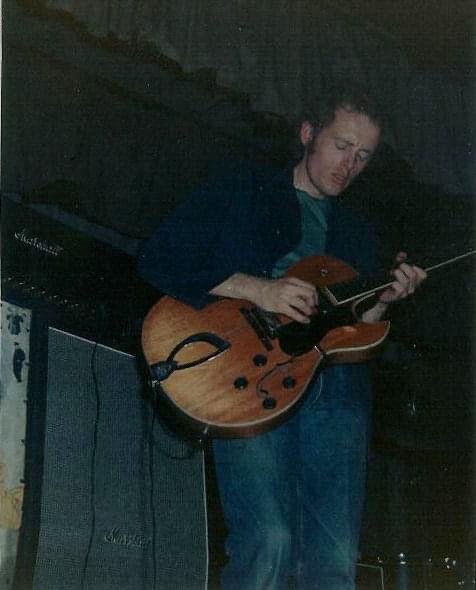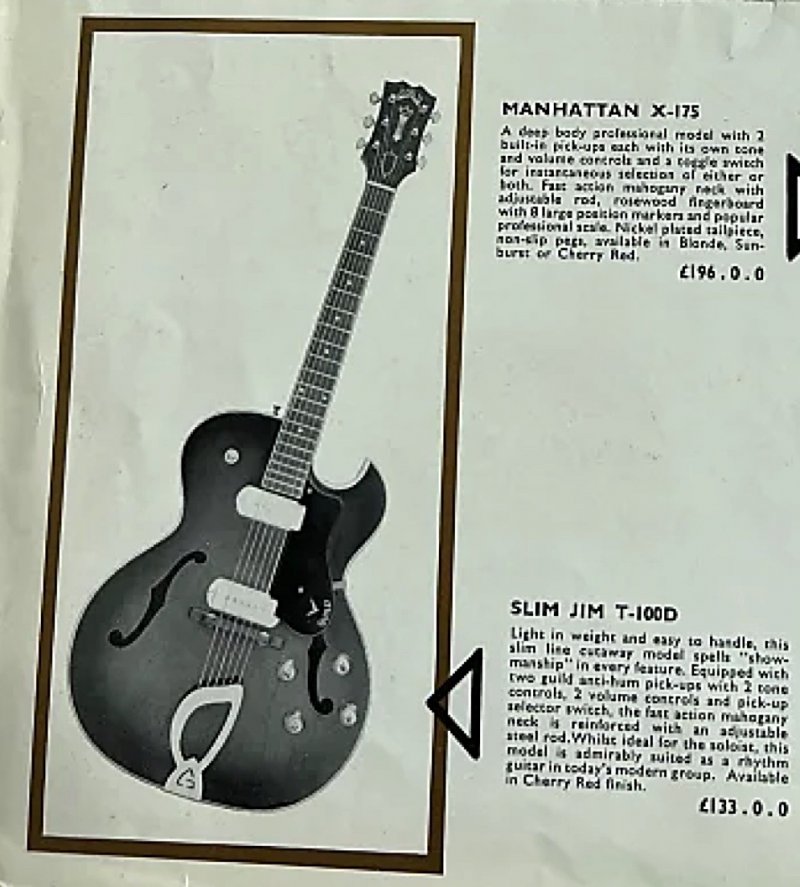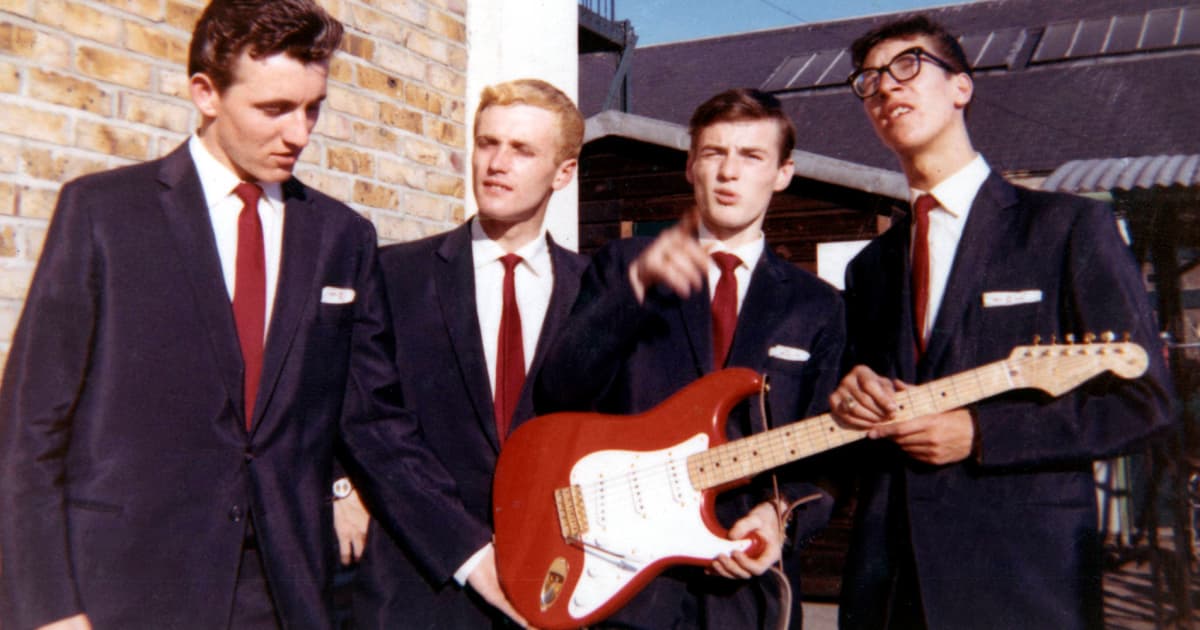beatcomber
Junior Member
As someone who does marketing graphics production for a living, I find it charming how inconsistent Guild's branding was.
These logos are all on my 1964 Starfire III and its case:
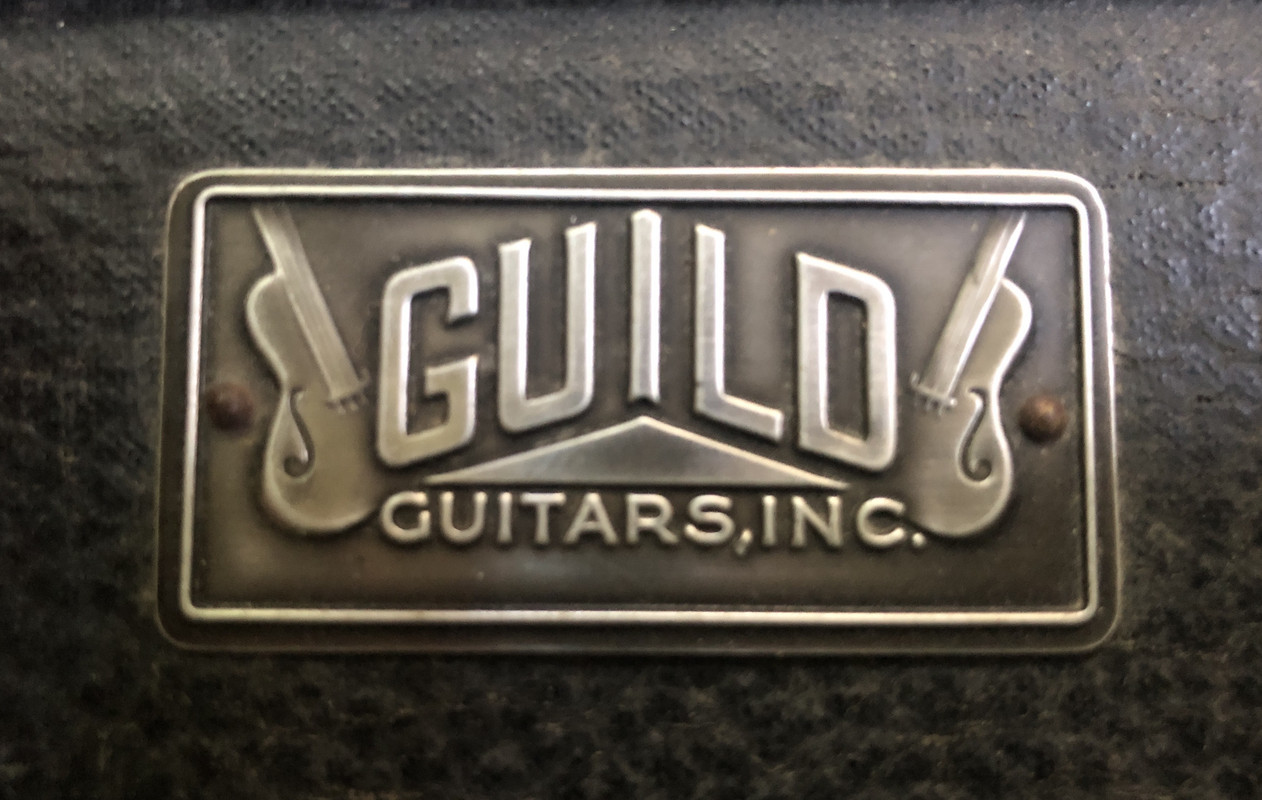
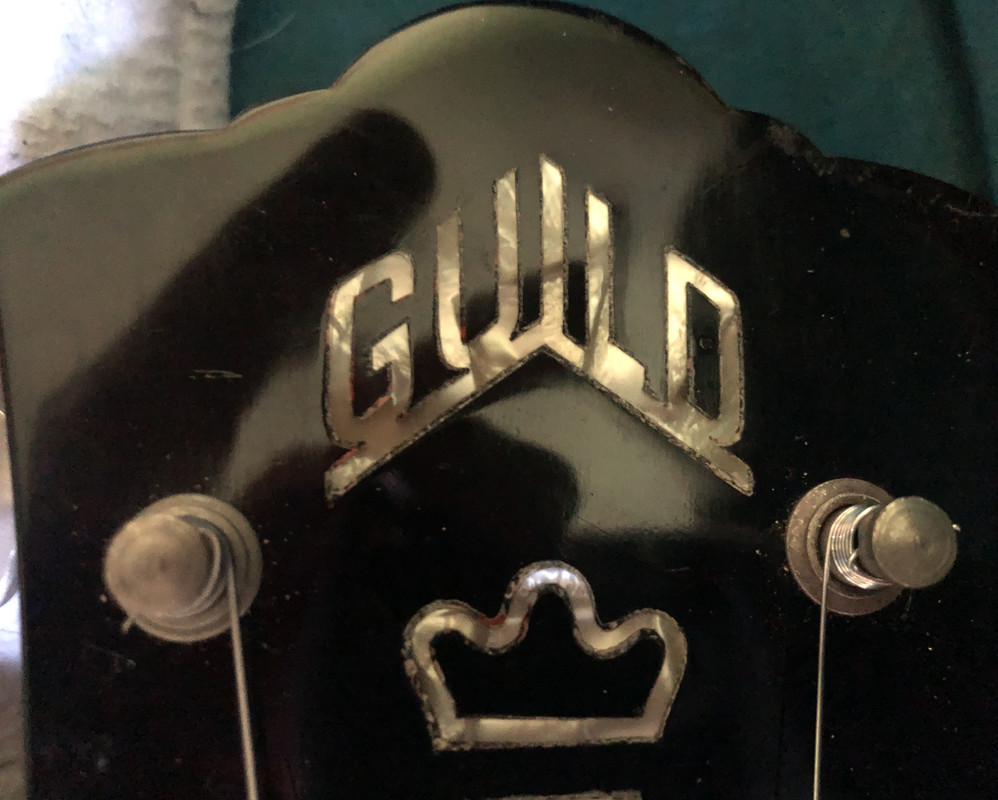
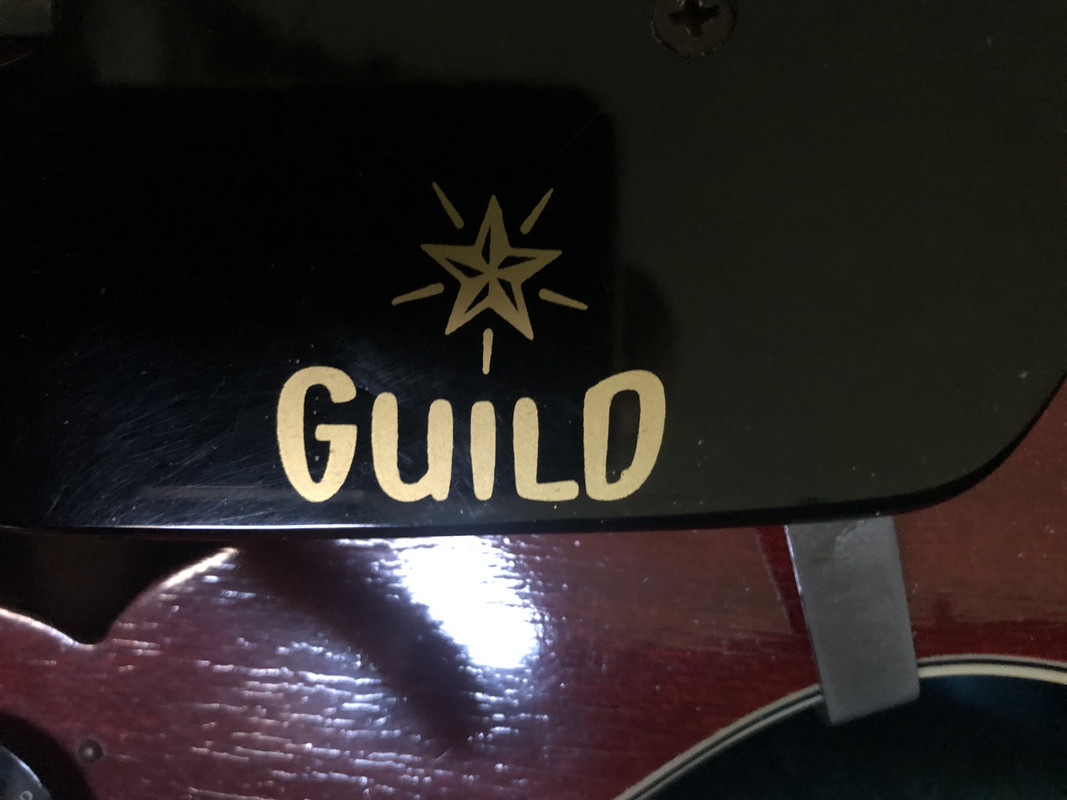

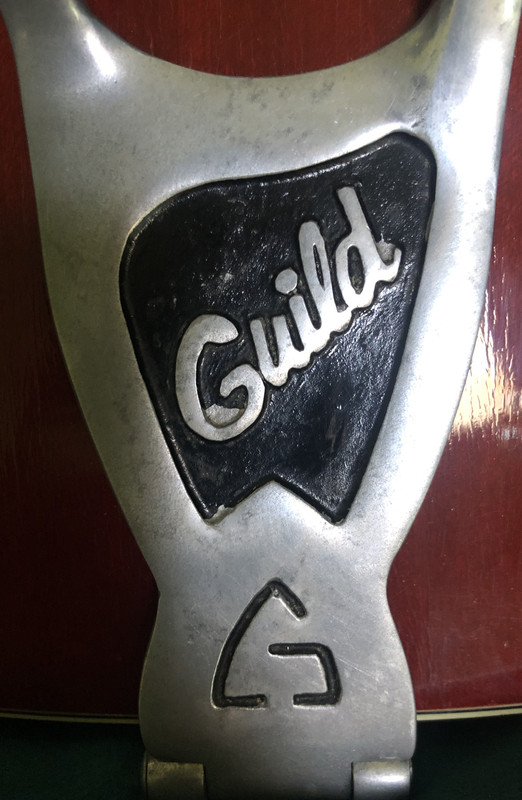
At least this matches the logo on the Guildsby:
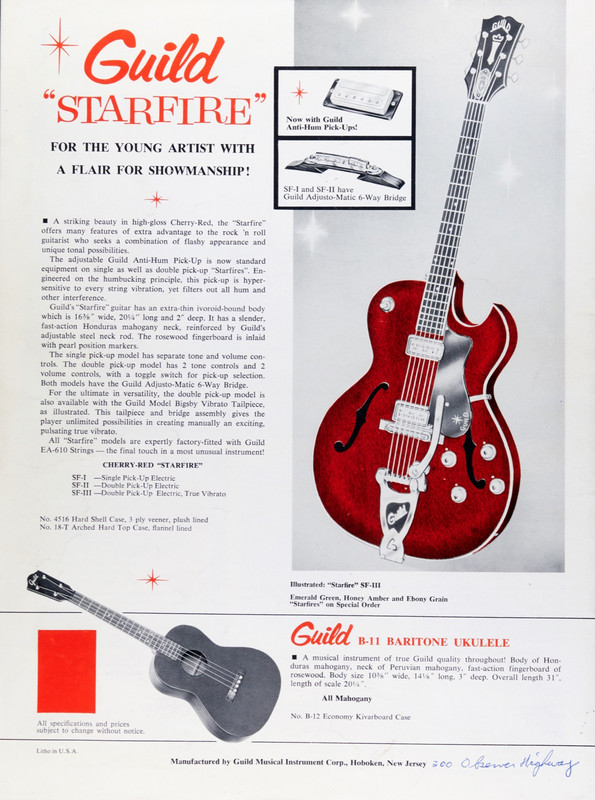
This logo (really just a type treatment) is totally unique. And look at the amps' nameplate!
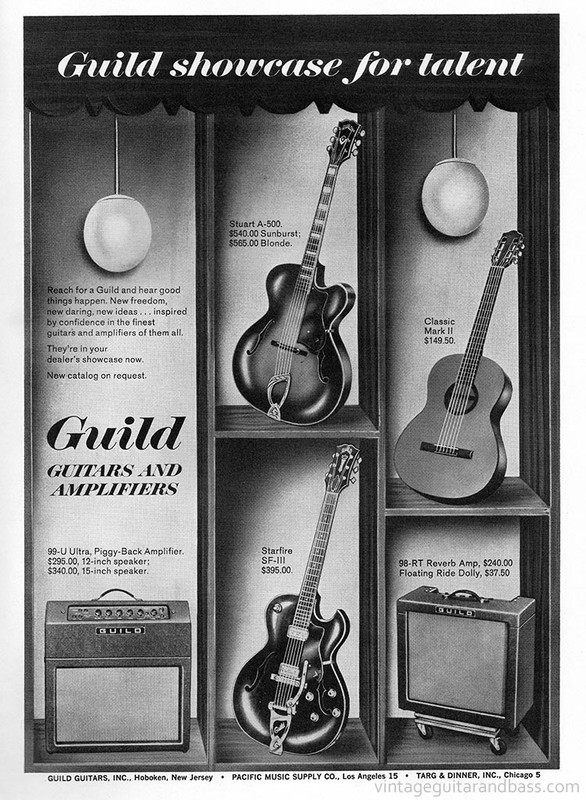
These logos are all on my 1964 Starfire III and its case:





At least this matches the logo on the Guildsby:

This logo (really just a type treatment) is totally unique. And look at the amps' nameplate!

Last edited:

